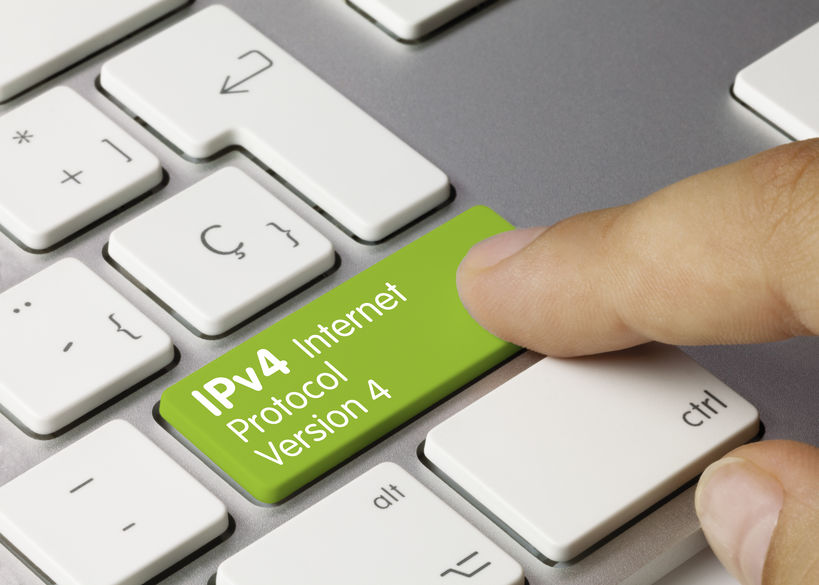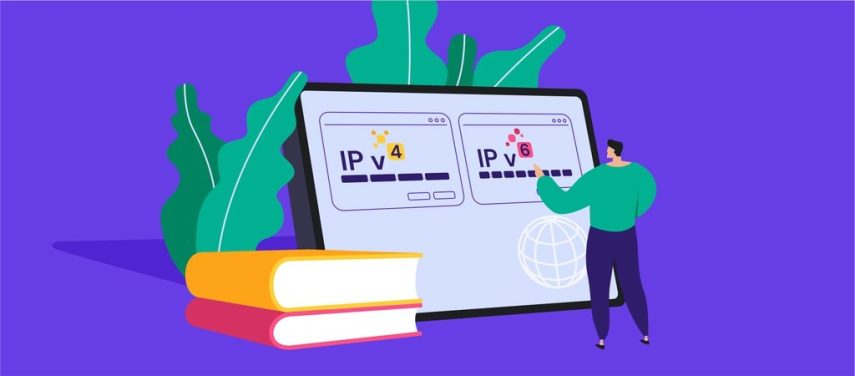On January 1st, 1983, the internet was officially up for the world. It’s a big moment in human history. We use the internet for everything. Before this, computers did not have any way to communicate with each other. Io T is a system that interrelated computer devices, machines, and people. Each of them will get a unique identity (UIDs), which helps them transfer data with a computer’s help without the involvement of humans. Every business in the world now takes benefits from the internet and takes support from it to grow their brand all over the world. It connects people from different parts of the world in an easy way.
When the internet became available to the public, a set of communications protocols was launched. They were named Transmissions Control Protocol (TCP) and Internet Protocol (IP) version 4, which allowed different computers to communicate with each other. Soon after that, over a decade later, objects could communicate using the internet. Objects now also have sensors, software, the ability to process, and more. These objects are called the Internet of Things (IoT). You will get all the detail related to it in this post. We easily describe each factor for your convenience.
Examples of IoT

The earliest concept of an object being part of the Internet of Things was in 1982, when a modified Coca-Cola vending machine became the first appliance connected to the ARPANET. The ARPANET was the internet’s forerunner and the first network to implement the IP protocol.
Now there are so many things a part of the IoT. These include a computer mouse, a refrigerator, a table lamp, a watch, cars, toilets, and so much more.
It’s quite amazing how many things in the world have been modified to communicate with other devices, all because of the internet and the internet protocol. A device cannot be part of the IoT without an IP address.
Internet Protocol version 4

Internet Protocol version 4, or IPv4 for short, was created in 1980 and then formally distributed to the public in January 1983. This was considered the birthday of the internet. Any and everything connected to the internet to communicate need an IPv4 address, even today.
When it first went available for the world to use, the Internet Assigned Numbers Authority, or IANA, distributed 4 billion IPv4 addresses for free for everyone to use. At the time, this amount was perfectly acceptable. Anyone with a computer can have an IPv4 free and access the internet.
However, this was before the Internet of Things became a thing. No one ever expected that there would be smartphones, smart tables, smart televisions, smart lamps, or even less, smart toilets. All those objects needing an individual IPv4 address to work online had not been anticipated.
The way IPv4 works is that each device that needs to connect to the internet has one unique IPv4 address. Now we have millions more devices that need an IPv4, and after just a few decades, all the IPv4 addresses have become exhausted.
IoT versus IPv4

The Internet of Things will not be slowing down anytime soon. In the next decade, there will probably be millions more devices needing to connect to the internet; who knows, maybe it will be trees next. But the fact of the matter is that there are no more IPv4 left to distribute. With time, many users started to participate in the Internet world; on the other hand, Ipv4 has limited space. Fortunately, IPv6 is already being distributed and used, though it can only be used completely with the help of IPv4 to bridge the gap.
The IoT isn’t the only reason the Ipv4 is depleted, but it is one of the biggest reasons. The sixth iteration of the internet protocol addresses the limits of Ipv4. Ipv6 has the cap can about 240 unique undecillion addresses. This big supply of alphanumeric combinations makes Ipv6 the demand of the future and provides every device with a unique IP. This resolves the issue of many users, and now, each device has its unique user identity.
In need of IPv4?

Due to the shortage of IPv4, there is now a market where parties can both buy and sell IPv4 addresses. On Prefixbroker.com, you can find a broker to help you buy or sell Ipv4 if you have extra or need some. If selling or buying isn’t something you’d like to do regarding IPv4s, you can choose to lease instead for fewer complications. Those brokers provide multiple solutions to fulfill your need for IPv4. The process is highly transparent and more convenient for both buyers and sellers to participate. You will also get an affordable price at Prefixbroker with different offers on their site. This platform is designed to give maximum support to buyers.
Conclusion
Undoubtedly the invention of the internet is one of the biggest achievements of humankind. We all take huge benefits from it. Many employment issues are also resolved with it, and many countries have become successful with its support. It helps people to connect with the whole world easily. Now we have access to the whole world with just one click. Every user of the internet has a unique IP. After the internet launch among the public, a set of internet protocols was also launched, which are called IP version 4. It allows many computers to connect and transfer data.
Ipv4 is launched with the internet and consider the birth of the internet. A big number of people take part in the use of the internet, and about 4 billion Ipv4 is distributed among the people. This amount of Ipv4 is quite acceptable during the early days. However, with time, many individuals take an interest in the internet, leading to a shortage of Ipv4 addresses. The internet is spreading fast, and people continuously demand more Ips protocol. In this scenario, Ipv6 is introduced, which simply acts as a bridge for Ipv4 and solves the problem of shortage in IP protocols.







